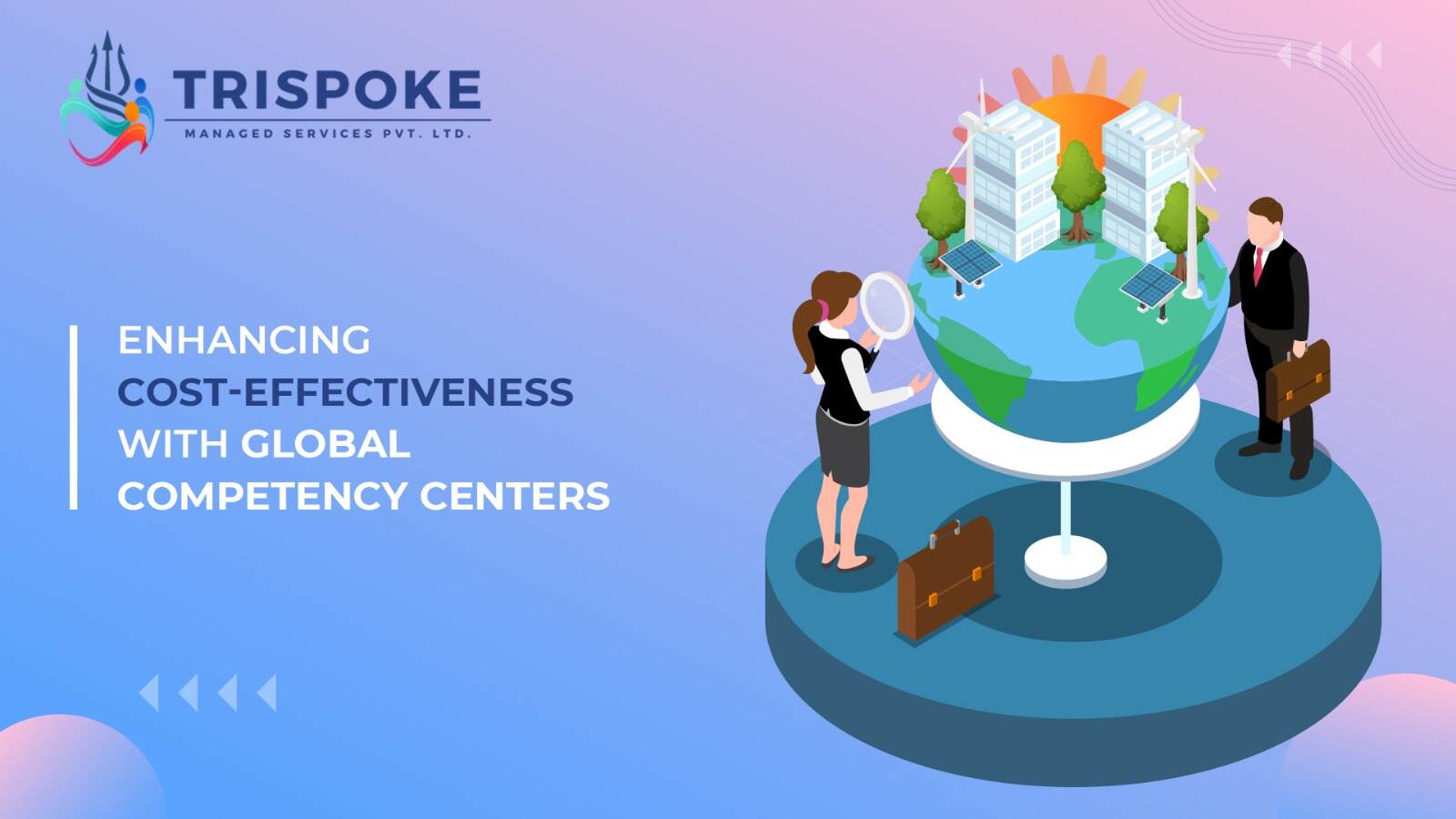Global Competency Centers (GCCs) have become strategic assets for organizations aiming to achieve operational excellence while optimizing costs. These centers, designed to centralize key business functions, enable companies to streamline operations, reduce redundancies, and drive sustainable cost-effectiveness. Here’s how GCCs play a pivotal role in enhancing financial efficiency without compromising on quality or innovation.
Centralized Operations for Cost Optimization
One of the primary ways GCCs contribute to cost-effectiveness is through centralized operations. By consolidating various business functions—such as IT, finance, HR, and analytics—into a single hub, organizations can eliminate inefficiencies and redundancies. This approach not only reduces overhead but also ensures consistency in processes across geographies. Standardized workflows and centralized decision-making allow GCCs to optimize resources, resulting in significant cost savings over time.
Access to Cost-Efficient Talent
Strategically located in regions with abundant skilled talent, GCCs enable organizations to tap into high-quality human resources at a fraction of the cost. Countries like India, the Philippines, and Poland have emerged as popular GCC destinations due to their robust talent pools and competitive wage structures. By leveraging these advantages, businesses can lower labor costs while benefiting from the expertise and innovation that local professionals bring to the table.
Technology-Driven Efficiency
GCCs are often at the forefront of adopting advanced technologies that enhance operational efficiency. Automation, artificial intelligence (AI), and data analytics are some of the tools used to streamline workflows and improve productivity. For instance, automating repetitive tasks reduces the need for extensive manpower, leading to cost reductions while minimizing errors. Additionally, AI-driven insights help GCCs identify areas for further optimization, ensuring continuous improvement in processes.
Economies of Scale
By consolidating operations under a GCC, organizations achieve economies of scale. Centralized procurement, shared infrastructure, and unified systems lead to lower per-unit costs. This approach allows businesses to reinvest savings into growth initiatives, further boosting their competitive advantage.
Innovation with Cost Efficiency
Contrary to the misconception that innovation is expensive, GCCs demonstrate how creativity and cost-effectiveness can go hand in hand. These centers foster a culture of innovation by encouraging collaboration among diverse teams. Leveraging global talent and cross-functional expertise, GCCs develop innovative solutions that not only solve business challenges but also minimize costs in the long run.
Business Continuity and Risk Mitigation
GCCs also enhance cost-effectiveness by ensuring business continuity and mitigating risks. Their global presence allows organizations to distribute workloads across multiple locations, reducing dependency on a single region. This setup minimizes the financial impact of disruptions, such as natural disasters or geopolitical issues, ensuring seamless operations and safeguarding investments.
Long-Term Financial Gains
While the initial setup of a GCC might involve significant investment, the long-term financial gains far outweigh the costs. Organizations benefit from sustained cost savings through optimized operations, reduced overheads, and enhanced productivity. The ability to scale operations efficiently further contributes to the financial viability of GCCs.
Conclusion
Global Competency Centers are more than cost-saving mechanisms; they are strategic enablers of business growth. By centralizing operations, leveraging cost-efficient talent, and embracing technological advancements, GCCs help organizations achieve unparalleled cost-effectiveness. As businesses continue to seek sustainable ways to enhance profitability, GCCs will remain at the forefront, driving efficiency and innovation in equal measure.
Want cost savings? We can help! - Get Free Consultation

